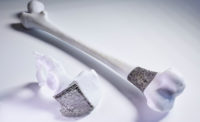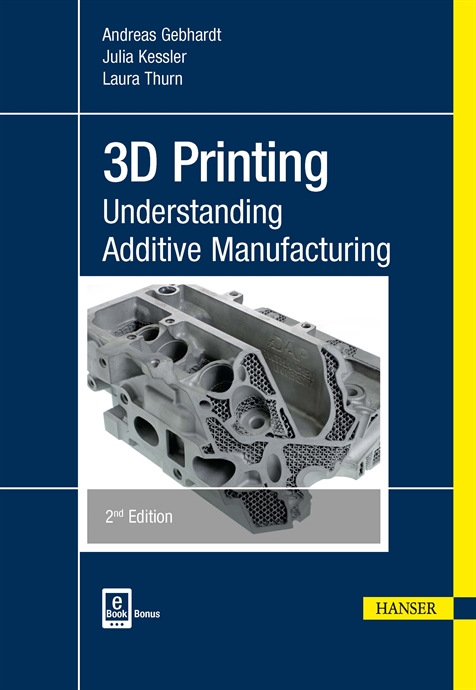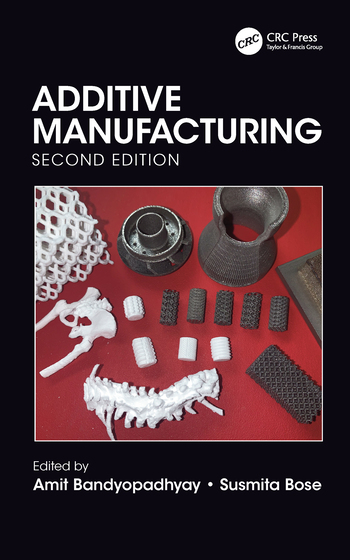WARREN, MI—General Motors recently opened a new 15,000-square-foot additive manufacturing R&D facility at its Tech Center here. The Additive Industrialization Center is dedicated to “productionizing 3D printing technology” for automotive applications.
The state-of-the-art facility includes 24 printers that can produce a variety of metal and plastic parts using processes such as fused deposition modeling, multi-jet fusion, selective laser melting and selective laser sintering.
“The AIC is intended to validate additive technologies and applications, with frequent pivots to evolving additive machinery and equipment,” says Audley Brown, director of additive design and materials engineering at GM.
“The core component of [our] transformation is becoming a more agile, innovative company, and 3D printing will play a critical role in that mission,” claims Brown. “Compared to traditional processes, [additive manufacturing] can produce parts in a matter of days vs. weeks or months at a significantly lower cost.”
GM recently announced that the Cadillac CT4-V Blackwing and CT5-V Blackwing will be the company’s first production vehicles to feature 3D-printed parts, including an electrical harness bracket and two HVAC ducts.
“The parts printed for the Cadillac V-Series models exemplify how we can use additive applications in the right place on the right program,” says Brown. “And, this is just the beginning.
“Ultimately, we see the potential for 3D-printed parts to be used in a wide variety of production applications, from greater personalization options for new vehicle buyers to unique accessories and reproductions of classic car parts,” explains Brown.
GM is also printing tools that are used to assemble vehicles.
“Manufacturing tooling comes in many shapes and forms, such as hand-apply tools, automation components and rapid-response solutions for production site launches,” says Ron Daul, director of additive manufacturing and polymer centers at GM. “3D printing often enables [us] to consolidate the components of a part into a single, optimized design. The result is tools that are lighter, more ergonomic and less complex.”
For the launch of GM’s all-new full-size SUVs, engineers printed nearly 100 hand tools for the body shop at the Arlington Assembly plant.
“Typically, these tools would be made of aluminum, weighing anywhere from 10 to 40 pounds,” explains Daul. “The new designs, constructed with a nylon carbon fiber composite, weigh as little as 3 pounds and virtually eliminated the lead time for ordering part changes.
“Printing the body shop tools at Arlington saved more than two months in tooling construction,” claims Daul. “This is at the critical time when we are changing the plant over to launch the new models. Ultimately, [additive manufacturing] helps accelerate new vehicle launches like our full-size SUVs.”






